Word Cracker resources are built to be used to teach morphology no matter which scope and sequence a school use. However, the Word cracker includes a suggested progression and sequence for teaching morphology in the classroom.
Our member’s section has detailed lesson suggestions that provide everything you need to explicitly teach important aspects of morphology successfully.
Classroom Teachers with a basic grasp of morphology and suffixing spelling rules can use either the Word Cracker magnet board or online Word Cracker to teach and review morphology and grammar concepts with entire class groups, with students working at tables using individual Student Word Cracker worksheets or whiteboards.
In designing both the Word Cracker magnet board and the online Word Cracker, our aim was to have students practising (doing the ‘we do’ and ‘you do’ work) on the student whiteboards or blank Word Cracker worksheets.
The teacher teaches and demonstrates from either the magnet board (with smaller groups) or the Online Word Cracker with class groups. We want students to handwrite words to get the benefits of handwriting in multisensory learning.
Of course, we encourage teachers to call students up to manipulate the Magnetic Board and Online Cracker when appropriate.
Tier 1 teaching sequence
The Word Cracker has three morpheme sections: prefixes, bases or roots and suffixes.
The Word Cracker magnet Board comes with morpheme magnets that are a selection of prefixes (green), roots (black) and suffixes (consonant suffixes blue and vowel suffixes red).
The Online Word Cracker is no different in its design, and the morphemes are manipulated in the same way as the physical magnets.
English is morphophonemic
English is a morphophonemic language. This means that words can be seen to be made up of both phonemes and morphemes. It just depends on how you look at them. We need to develop a keen awareness of both. Explicit structured, sequential phonics instruction develops the ‘phonemic’ part, and explicit morphology teaching takes care of the ‘morpho’ component.
It’s not a case of phonics first and morphology later.
The tricky thing is that it’s not a case of phonics first and morphology later. Morphemes come into play as soon as students are writing plurals of nouns (one dog, two dogs), helping verbs to make sense (I yell and Sally yells) and writing with any sense of time (today I’m talking, yesterday I talked). We must teach students to analyse words both in terms of the phoneme-grapheme correspondences, the syllables that they cluster into and the meaning parts (morphemes) that determine what these clusters mean! This means that any good Phonics scope and sequence will address morphology as well.
Morphology accounts for many phonic irregularities in words
Our more complex morphemes come to us from Latin and Greek layers of our language and don’t always follow predictable letter-sound correspondences. An understanding of morphology (and etymology – word history) becomes very handy in explaining and remembering many of the phonic irregularities we see in complex words.
Break it into its chunks!
Awareness of morphemes (morphemic awareness) is critical for all students. However, it is a non-negotiable component of reading and spelling intervention where students must be taught the nuts and bolts (deeper logic) of our spelling system to have more memory hooks to rely on. Research tells us that students with reading and spelling difficulties have difficulty perceiving syllabic and morphemic boundaries in words. So when we say ‘just break it into its chunks’ to these students, they have more difficulty perceiving where the boundaries between these chunks are. This has very predictable consequences for reading and spelling. These students benefit immediately from the very deliberate delineation (the three sections) of the Word Cracker.
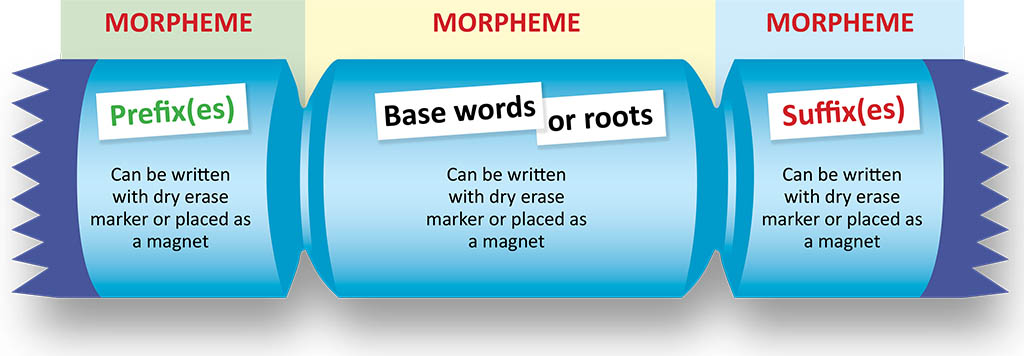
Lesson structure and sequence
The resources below (and much more) are available to members with detailed instructions on how to teach each lesson/topic using the word cracker. In addition, the word cracker has inbuilt presets for each of these lessons with pre-selected morphemes and base words.
This means you spend less time on planning and more time teaching.
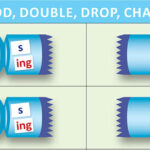
Lesson 1 – Safe ending patterns
Lesson 1 – Safe ending patterns VCC, VVC, VV and Vy Student(s) are … This page is for members only. If you want to

Lesson 2 – Doubling Rule (part 1)
Lesson 2 – Doubling Rule (part 1) Student(s) are also introduced to… This page is for members only. If you want to check it

Lesson 3 – The Drop ‘e’ rule
Lesson 3 – The Drop ‘e’ rule At this teaching point, student(s) are i… This page is for members only. If you want to check
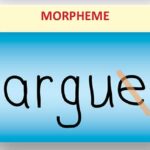
Lesson 4 – ‘ue’ endings
LESSON 4 – ‘UE’ ENDINGS Students are taught to drop the ‘e’ before … This page is for members only. If you want to
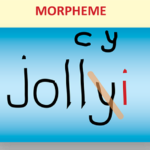
Lesson 5 – The ‘y’ rules
LESSON 5 – THE ‘Y’ RULES Students are taught to pattern, recognise an… This page is for members only. If you want to check it
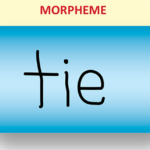
Lesson 6 – ‘ie’ endings
Lesson 6 – ‘ie’ endings Students are introduced to adding suffixes to… This page is for members only. If you want to check it out,

Lesson 7 – Doubling Rule (Part 2)
Lesson 7 – Doubling rule (part 2) Students are taught how to deal wit… This page is for members only. If you want to check

Morphology and Spelling
Morphology and its relation to Spelling Why, when, and how to incorporate it in literacy teaching. In this article, we are going to examine the

